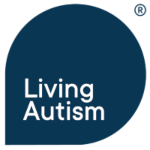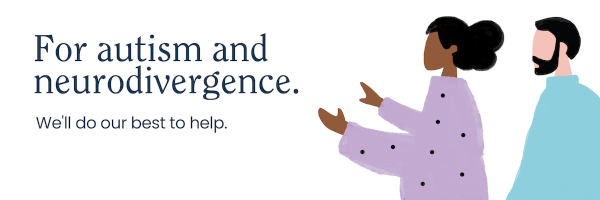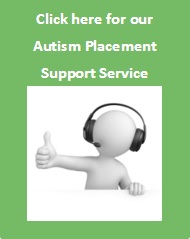NICE (National Institute for Health and Care Excellence) has produced guidelines in conjunction with SCIE (Social Care Institute for Excellence) about the management of autism in children and young people. The aim of the guidelines is to outline and enable more effective support and provision for children and young adults with autism from health and social care practitioners.
The guidelines clearly outline a model of best practice for the support of children and young people with autism. It is expected that they will be taken into full consideration during any decision by a health or social care practitioner. They cover best practice for children from early years through transition to adulthood, up to age 19, where they will link into the Autism Act 2009 and subsequent statutory guidance.
Many of the key areas within the children’s and young people’s guidelines mirror those of the adult guidelines, for example a clear emphasis on training of all front line practitioners.
It is to be noted that the guidelines also stipulate interventions for autism that should not be used.
The guidelines apply to England and Wales at present, however, there is the possibility of them being taken up in Northern Ireland also.
A key clarification which is stated within the guidelines is:
“There are many claims of a ‘cure’ for autism, all of which are without foundation.”
Key priorities for consideration by practitioners are as follows:
- Ensuring all children and young people with autism have full access to health and social care services.
- Expanding upon current training. All health and social care practitioners working with individuals with autism should have specific training including autism awareness and skills in managing autism, as well as being aware of wider issues such as the impact having a child with autism can have on the entire family unit.
- Making all other practitioners involved aware of the key points of transition and their responsibilities at these points.
- Considering and making reasonable adjustments regarding the physical environment and planning of appointments, for example covering sensory and communication needs whilst not making children with autism wait in a busy waiting room.
- Understanding and developing the importance of consistent communication systems.
- Considering all factors and triggers which may contribute to behaviours which challenge during the assessment processes. This may include communication or environmental issues, as well as physical pain or illness.
- Offering parents, carers and siblings their own assessment of need. Options for support of the entire family unit should be made available including respite and short breaks provision.
- Transition to Adult Services, which is covered within the Autism Act, is to be planned in a timely fashion with contributions from the individual with autism and their family. Information about support options including the right to a social care assessment at age 18 must be passed to the families.
Interventions Not to be Used
The guidelines are clear in alerting practitioners in interventions which are not considered to be best practice and, therefore, should not be used.
- Neurofeedback to manage speech and language problems.
- Audio integration training.
- Omega-3 fatty acids to manage sleep problems.
- Secretin, chelation, hyperbaric oxygen therapy.
Research Recommendations
As well as best practice guidelines, the document makes certain recommendations as below:
- A key worker approach for children and their families.
- Managing behaviours that challenge – group based parent training intervention training.
- Managing sleep problems in children with autism.
- Treating comorbid anxiety in children and young people with autism.
- Teacher, parent and peer mediated psychosocial interventions in preschool children with autism.
The guidelines are to be used alongside Autism: recognition, referral and diagnosis of children and young people on the autism spectrum (NICE clinical guideline 128) and Autism: recognition, referral and diagnosis of adults on the autism spectrum (NICE clinical guideline 142).
These guidelines offer clear models for best practice which all health and social care practitioners should be aware of, however, if you are encountering issues with any element of care and support of a child or young person with autism, Living Autism can help.
Please telephone or email us and we will try our best to assist you.
CG128 Autism in children and young people: NICE guideline (web format)
Autism: recognition, referral, diagnosis and management of adults on the autism spectrum
CG142 Autism in adults: guidance (web format)



